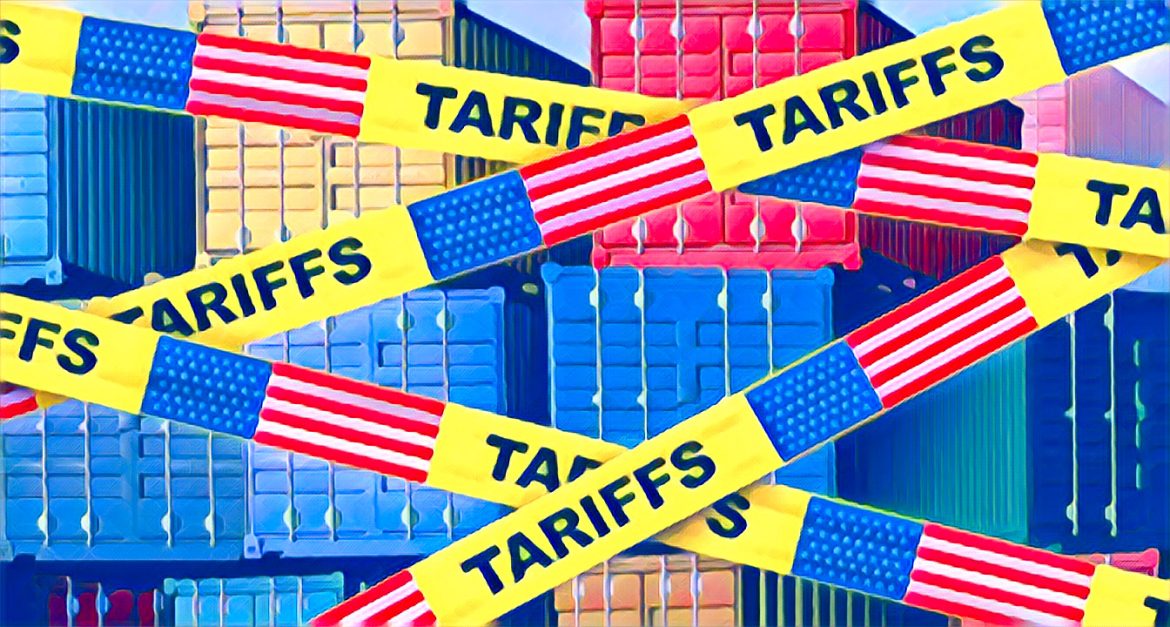KEY POINTS
- The U.S. imposed an 18% tariff on Zimbabwean exports, but direct impact is limited as America constitutes just 1.3% of trade.
- South Africa’s 30% tariff poses indirect risks, given its role as Zimbabwe’s dominant trade partner (60% of trade).
- Analysts suggest accelerating AfCFTA integration could mitigate losses, though global growth may slow by 0.5% in 2025.
The United States government has imposed an 18% tariff on all Zimbabwe’s Exports, part of President Donald Trump’s sweeping new trade measures targeting multiple African nations.
According to ZBC News, the tariffs, which took effect this Wednesday, form part of Washington’s “America First” policy shift that has rattled global markets and drawn international criticism.
While Zimbabwe’s exports to the U.S. constitute just 1.3% of total trade, economists note the indirect risks through regional partners. “Zimbabwe will not be greatly affected by the 18% tariff as its trade with the US stands at around 1.3%, constituting about 0.3% of GDP,” said economist Dr. Prosper Chitambara.
Regional domino effect raises concerns
The broader Southern African Development Community (SADC) faces disproportionate impacts, with neighboring South Africa – Zimbabwe’s largest trade partner – hit by a 30% tariff. South Africa accounts for nearly 60% of Zimbabwe’s total trade, prompting fears of secondary effects.
“If South Africa loses trade with the U.S., their need to recover lost revenue could reshape regional trade dynamics,” noted Omalli Jalai, a South Africa-based entrepreneur. Some analysts suggest this may force Zimbabwe to accelerate trade diversification under the African Continental Free Trade Area (AfCFTA).
Other African nations facing steep tariffs include:
- Lesotho (50%)
- Madagascar (47%)
- Botswana (38%)
- Angola (32%)
The International Monetary Fund warns the tariffs could slow global growth by 0.5% in 2025. Zimbabwe’s leather, citrus, and tobacco exports – already strained by climate shocks – now face additional headwinds.


